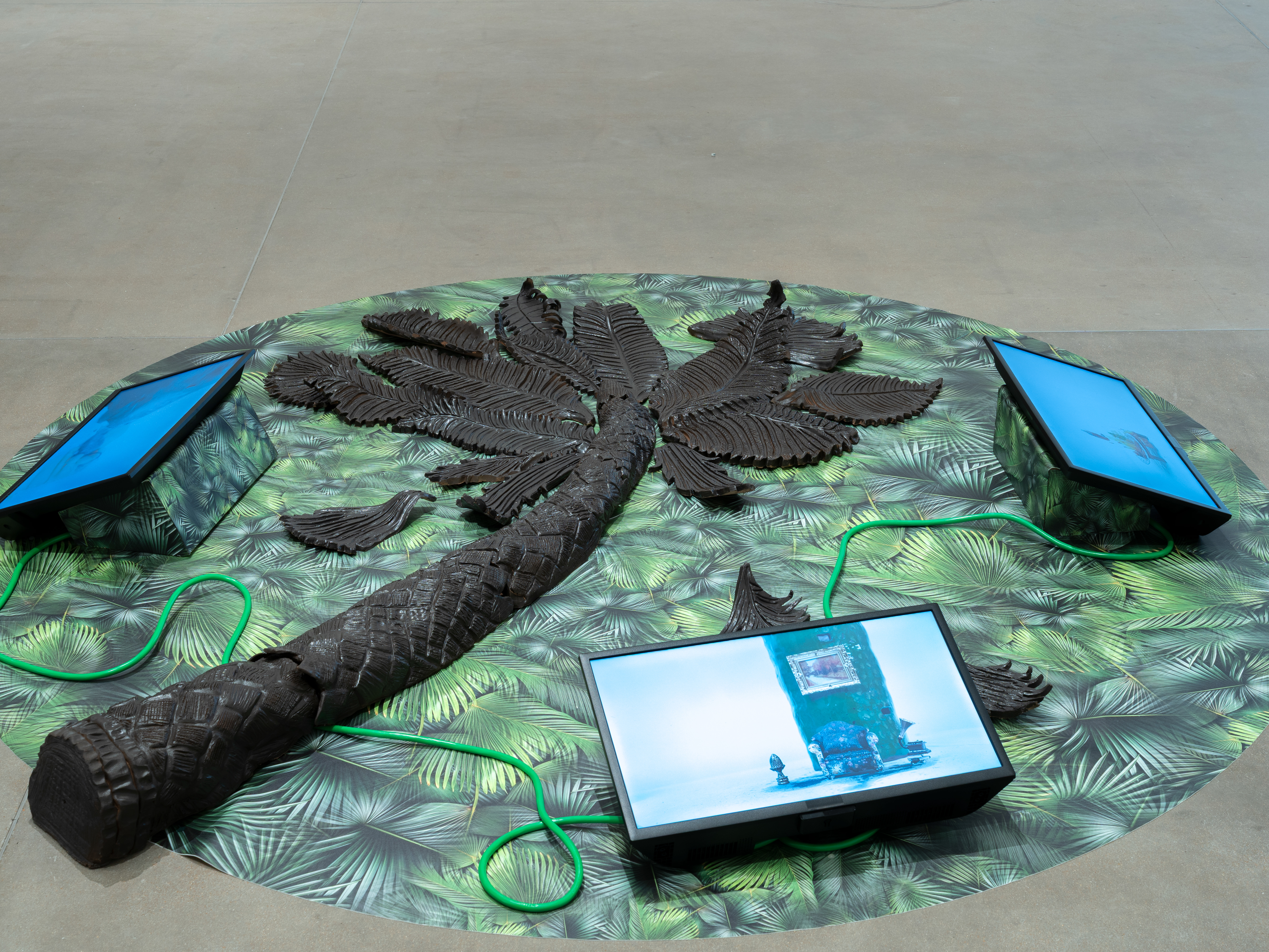In 1854, Manuel Antonio Carreño wrote the "Manual de Urbanidad y Buenas Costumbres," a guide of "good manners" that became a symbol of class and, by extension, classism in Venezuela and other Latin American countries. This type of manual, which celebrated European colonial behavior, was one of the tactics the dominant class used to achieve the "domestication of the barbaric" in recently emancipated societies. The manual reflects the history of those who "fiercely defend their superiority".
In his book, women were presented as the ruler of the domestic setting and all domestic labor, a space where all passions were regulated, and docile behavior emerged. Structures of behavior, speech, dress codes, gestures, were used to highlight the civil from the uncivil, the sublime from the mundane. In his manual, “the greater punitive stigmatization fell on women”, this is why this work focuses on domestic themes associated with my identity as a Venezuelan woman, as well as aiming to reinterpret these ideals maintained in the culture of Venezuela. Using playful visuals and intricately crafted miniatures, this work invites viewers into a controlled environment filled with symbols and fragmented, non-linear narratives. These immersive scenes serve as a lens through which to pause and examine the social norms imposed on women in the global South.









